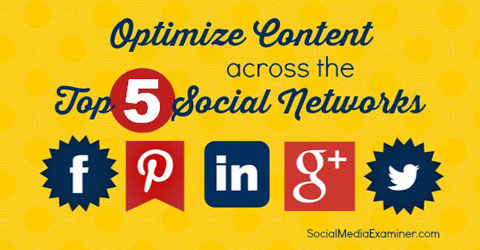[slideshare id=40885791&doc=sociallifecycle-141029142644-conversion-gate02]
Whenever I do a workshop, keynote, or webinar for nonprofits, the most frequently asked question is “What social channel(s) should our nonprofit use?” or variations “Is X social channel worth it for our organization?” or “With limited time and resources, what social channels make sense to invest in?” This is one of the questions that is hard to answer with a sound byte of clever, easy advice. It depends on the organization’s objectives and target audiences and often I ask if they have defined their audience and done research on what social channels they are using to get information.
Hubspot has released new study on consumer expectations about brands and social media that helps answer this question. The study found that consumers expect brands to be on at least 3 social platforms, with Twitter and Facebook being the most popular platforms (no surprise here). The other social platforms (Google +, Instagram, Pinterest, LinkedIn, YouTube) are similar but there are differences when they segmented the data by age. For example, Instagram is more popular among the younger set (18-44). There were some differences by gender – significantly more women expect brands to be on Instagram and Pinterest.
The study did not just ask about expectations, but the reality of where they follow brands on social that they want to hear from. There is a big difference between expectations and reality. For example, 64% of consumers may expect brands to be on Twitter, but only 31% actually follow brands that they like there.
Why this gap? The study suggests that it isn’t a matter of consumers not being able to handle following a brand on multiple channels or concerned about information load – the problem likes with the brands. They are not serving up quality content that resonates with their audience. They offer some good advice:

1. Do Audience Research and Synthesize Into A Persona: A persona is a fictionalized, generalized description of your audience or potential audience. It gives you empathy for their point of view and interests and can help you customize message, content, format, and channels for their specific needs. Hubspot has a terrific template that can help you think through personas for your marketing or communications strategy and this infographic gives you a summary of the research and data you need to collect which should include a mix of interviews, surveys, and analytics data. This is the best way to answer the question of whether or not you are focusing on the right social platform or questions like “Is Pinterest worth it for our organization?”

2. Optimize Your Content for Social Channels: You need to have an editorial calendar to help you plan out your content strategy. The key to success is being able to repurpose and optimize your content across channels. This hubspot blog post shares some tips on how to craft the perfect social media post across three platforms. As you can see from reading that post, it is a matter of making some small tweaks and that doesn’t have to be time consuming. What’s more important to have a good understanding of how re-purpose your content and message across platforms.
The infographic below, while it shows how to do this for a pet supply brand, is a great example of how using personas can help you optimize your content for each channel.
Kudos to @petsuppliesplus. Email plugging social channels includes URLs & WIIFM for each cc: @djwaldow @stevegarfield pic.twitter.com/XgkZJ6XDtM
— Dave Cutler (@CutlerDave) October 28, 2014
No doubt your nonprofit is using more than one social media channel, so it is essential that you know the best approach for sharing your content on each channel. It isn’t going to work if you cut and paste, you need to tweak for each channel if you to engage people. “How To Optimize Your Content for Top Social Networks” offers some good guidelines.
3. Monitor and Respond on Social Channels: Too often we get so focused on creating, optimizing, and sharing content that we don’t make time for monitoring and responding to our audience. The Hubspot data found that consumers believe that brands aren’t listening on social and many times they are right. Here’s a good list of low cost or free tools that nonprofits can use for monitoring on social channels. You also need to do good monitoring as part of your content strategy – to curate content that is relevant for your audience. Here’s four magic steps to curating purpose-driven social media content.
